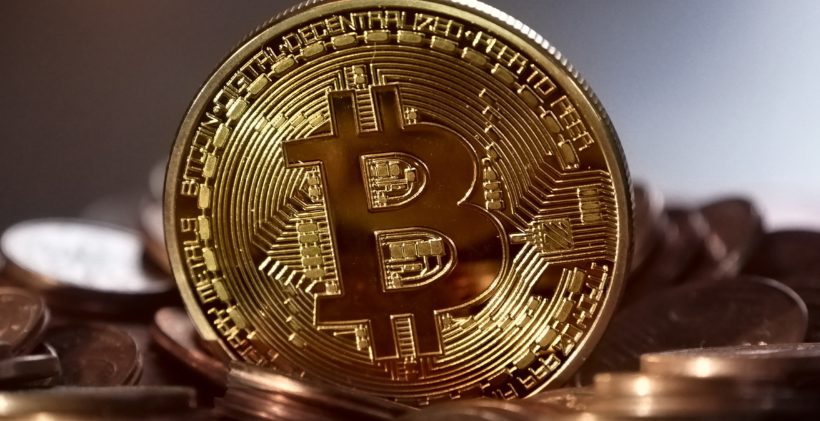Capitalizing on the Available Blockchain Benefits
Recent Blockchain Benefits in Real World Situations
In the crypto and blockchain community, large transactions simply do not go unnoticed. Binance, a crypto exchange, caught the attention of several crypto-enthusiasts in past weeks when they moved funds to cold wallets for long-term storage in multiple transactions. These transactions are notable only because they are prime examples of the strength of blockchain technology and its benefits.
Taking a closer look at the transactions, the first one Binance did was for an even 200 BTC, worth over $1 million USD at the time it was sent. Binance set the record for largest unspent transaction output to date in the second transaction by sending 109,735.60 BTC, worth roughly $614 million USD. Both Bitcoin transactions were sent to a cold wallet―a highly secure wallet not connected to the blockchain via the internet. Finally, in the third transaction, Binance sent 98,776,172.467 Binance Coin (BNB) ―76% of all current BNB― worth over $520 million USD.
What we find most intriguing about these transactions are the fees! Binance added extra gas to their 200 BTC transaction, so the fee was $8.69. However, the second BTC transaction fee was only $7.11! With their own coin, the transaction fee was a mere $0.03! Current centralized financial systems cannot compete with these blockchain benefits.
Compared To Standard Centralized Transaction Models
For comparison, interbank fees will vary widely depending on the banks and whether or not it is an international transaction. Most banks charge $15-25 for receiving a transfer and $20-50 to send a transfer. Those fees assume an intermediary third party isn’t involved. The main caveat of these wire transfers is that they can take up to 5 business days to complete!
PayPal, on the other hand, charges a minimum of 2.2% transaction fee (plus $0.30 per transaction). Within the US the fee is 2.9% plus $0.30 per transaction; international transactions are 4.4% plus a fixed fee based on the currency received for converting the funds. Assuming they were within the US, the transaction fees on PayPal would have been $32,450, $17,831,013, and $15,087,655 for Binance’s respective transactions.
Blockchain Practicality in Real World Situations
The blockchain’s low transaction fees coupled with the quick time to completion is unparalleled. In fact, those reasons may be why Ohio now allows residents to pay their state business taxes with Bitcoin. Ohio’s cryptocurrency site will use the BitPay exchange to convert the BTC payments into USD. Their exclusive contract states that BitPay will not charge any transaction fees during the first 3 months and will only charge $0.01 per transaction after that. Ohio’s state treasurer, Josh Mandel, specifies that this transaction fee is significantly lower than credit card companies; they charge $0.025 (yes, 2.5 cents) per transaction. Mr. Mandel hopes to accept other cryptocurrencies in the future.
How do you think the blockchain will be implemented in day-to-day situations next?
Which blockchain benefits do you expect to hear more about in the future?



